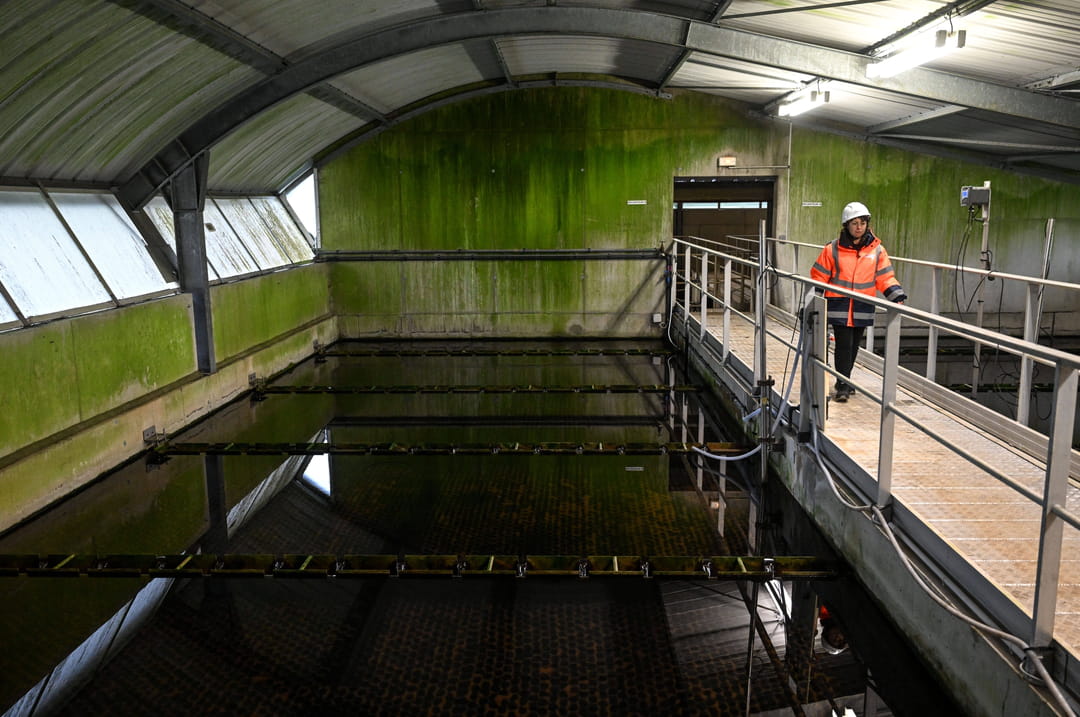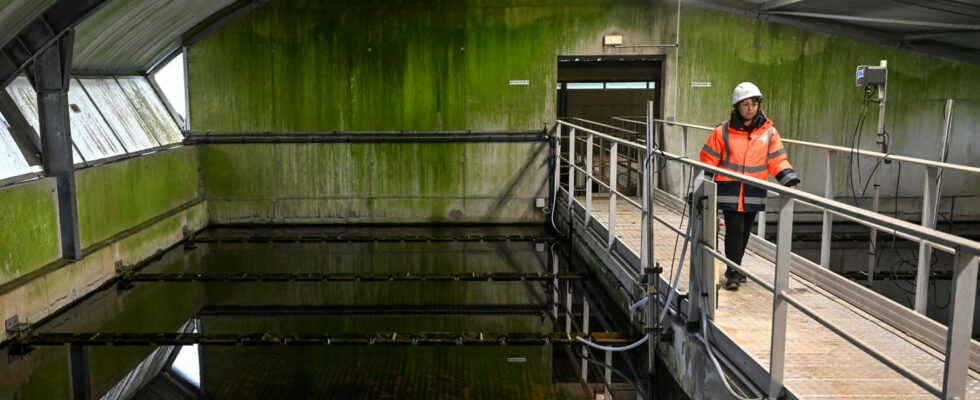Experts have detected the presence, in large quantities, of a pollutant in several French drinking water sources. The substance represents a major danger for the environment and health.
If alerts concerning eternal pollutants, known as PFAS (for perfluoroalkyl and polyfluoroalkyl) have multiplied in recent months, experts are now sounding the alarm on what they consider to be the “ultimate PFAS”: acid trifluoroacetic or TFA. If it is the most microscopic of eternal pollutants, it is also one of the most used by the agricultural and chemical industries and one of the most resistant in nature. Characteristics which make it a “planetary threat” for the environment and man according to several experts recently cited by The World.
TFA is released with the use and degradation of several pesticides, such as flufenacet and flutolanil, or fluorinated greenhouse gases. Products whose uses aggravate soil, water and air pollution. As with other PFAS, it is the multiple non-stick, waterproofing and resistant properties that explain the use of TFA. But the latter is also facilitated by the absence of regulation. The pollutant is not one of the 20 PFAS considered “of concern” by the National Health Safety Agency (ANSES) and whose presence in drinking water is limited to 100 nanograms per liter (ng/L), i.e. equivalent of five drops in an Olympic swimming pool, according to PAN Europe.
As a result, TFA is present in several drinking water basins supplying the French population and sometimes in very large quantities. In the metropolis of Lyon, “the catchment field which supplies 98% of the population with drinking water is contaminated with TFA”, warns vice-president Anne Grosperrin at World. Studies carried out by PAN Europe in July 2024 point to the contamination of drinking water with TFA in several samples taken in France: the level of the eternal pollutant is estimated at 2100 ng/L in a sample from Paris or at 500 ng/L in a another from Metz. Another study even demonstrates the contamination of Vittel brand bottles, one of the most consumed in France, with a rate of 340 ng/L.

Other samples taken from the surface waters of the same cities confirm even greater contamination of 1,500 and 2,900 ng/L. Levels which are up to 20 times higher than the authorized limit for other similar pollutants and which will get worse warns Hans Peter Arp, professor at the Norwegian University of Technology at World : “TFA concentrations are at least ten times higher than they were before 2010. And this will only increase.”
However, TFA could soon be placed in the same boat as other PFAS. This should even already be the case since since September 2024, one of the pesticides from which it is derived, flufenacet, has been classified as an endocrine disruptor by the European Food Safety Authority. But this regulation is still not applied and if it were, it would make many sources of drinking water unfit for consumption in France. Starting with those cited above, which are only an overview of the phenomenon.
The risks of too much exposure to TFA are, however, real: studies carried out on mammals have already shown toxicity of the substance for the liver as well as effects on reproduction. The European Commission also highlighted the “worrying toxicity” of the pollutant last December. The World Health Organization must look into the subject… but only in 2026.
